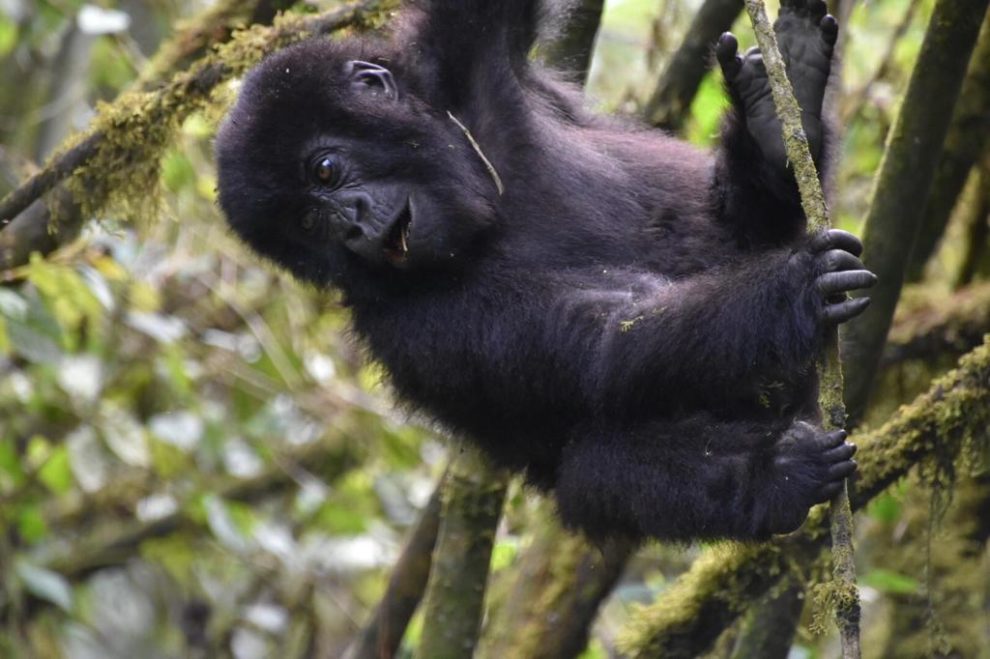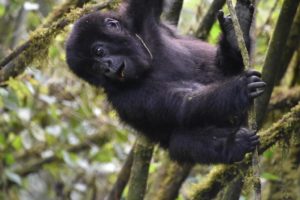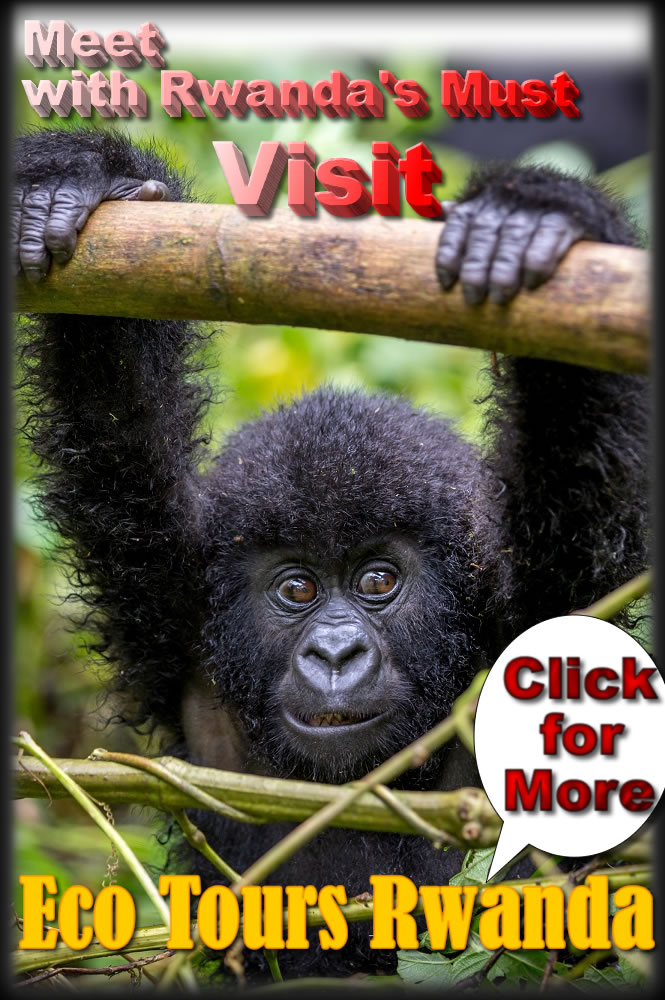It is astonishing how this country has reinvented itself and turned itself around after previous atrocities. Rwanda is now one of the most exciting and vibrant African countries. Rwanda is known for two things: its rare mountain gorillas and the devastating genocide against the Tutsis of 1994 that saw around 800,000 people murdered by the Hutu majority. While the horrific conflict is in the past, it still very much influences the country today, the government has strive for unity and reconciliation among its people.
Rwanda’s wildlife and gorilla tourism is very well organized and certainly delivers that magical bucket list experience. However, there is far more to Rwanda than just gorillas. This country’s other natural treasures include chimpanzees, a multitude of monkey species, endemic forest birds, volcanoes, lakes and, amazingly, the recently reintroduced Big Five at Akagera National Park.
Rwanda also offers a lot of cultural history. Although the Kigali Genocide Memorial is understandably harrowing, we were glad we visited to gain a greater understanding of what this country has been through.
A day in Volcanoes National Park
Rwanda’s top draw is of course the mountain gorillas that inhabit the misty slope of the Virunga Volcanoes along its northern border. Arguably the most exciting and moving wildlife encounter you will ever experience. Your gorilla trek adventure begins in Kigali, Rwanda’s capital city, which boasts a vibrant nightlife. After breakfast the next day, you will set off for the Volcanoes National Park, a misty and magical place that’s home to mountain gorilla.
You will get to visit some of these impressive creatures the next day as you do gorilla trekking safari into the Virunga Mountains. Then it’s time to return home. In the morning 7am – 7:15am the staff has a meeting about which tourist group will go with which guide and to which gorilla group. Whilst this is going on there is coffee and tea available for you with plenty of seating areas.
At this moment a maximum of 8 tourist is allowed to see a group of gorillas, whereas before 8 tourists. There are over 18 groups of gorilla’s which tourist are allowed to see. At this moment it is not totally fully booked as usual and therefore in my opinion I would go visit to Rwanda if this is on your bucket list.
It starts with a tense ascent through fertile volcanic slopes dense with cultivation, into a hushed montane forest of bamboo skyscrapers, until finally you come face to face with one of these extraordinary creatures. It’s a truly awesome experience inspirational, emotional, and profoundly satisfying.
The gorillas can move from early morning when they are spotted by the trackers and therefore it is a track as you need to find them. From the meeting place you drive to your park entrance which can take about 30-45 minutes and from there on you hike up to your group.
You can also do the hikes, mount Bisoke and Diane Fossey grave. The mountain hike is very challenging especially if you struggle with the altitude. I actually preferred the hike to the Diane Fossey grave more as the jungle scenery was quite amazing. The hike uphill is about 1/3 of mount Bisoke and from there on it is reasonably flat.
You can as well also visit the golden monkeys which is an easy track and lovely to do if you have a morning to spare. While tracking in the rainy forest you have to be prepared cozy it can be muddy already. I would certainly recommend gaiters, hike shoes, walking stick (although also provided), and yes do take gardening gloves as well. Very useful as you need to be able to make your way through the forest and there are plenty of nettles there.
Iby’Iwacu Cultural Village, Kinigi Rwanda.
While on gorilla safari in Rwanda, you can as well visit the Iby’Iwacu Cultural Village in Kinigi. This project known as “Gorilla Guardians” is a Non-Profit umbrella organization that aims to improving the lives of reformed poachers and their communities around Rwanda’s Volcanoes National Park through provision of conservation incentives, supporting community enterprise development and livelihood-based projects.
The village is fascinating, with a variety of cultural experiences where the visitor can learn about traditional agricultural working practices and participate in food preparation and processes such as: millet grinding using stones: carrying potatoes and water on their heads and preparing a local dish. Every evening the village members gather around a campfire and begin a session of storytelling and dancing.
The staff at the cultural village, the guides and porters who navigate tourists to the golden monkey sites and the trackers who take tourists to the trek the gorilla families, are almost exclusively ex-poachers (and their family members) who have been trained to use their former skills more productively in the development of tourism in the area and conservation that these funds.
As a result, gorilla poaching has declined to minimal levels over the last 10 years and the gorilla and monkey groups are thriving





Add Comment